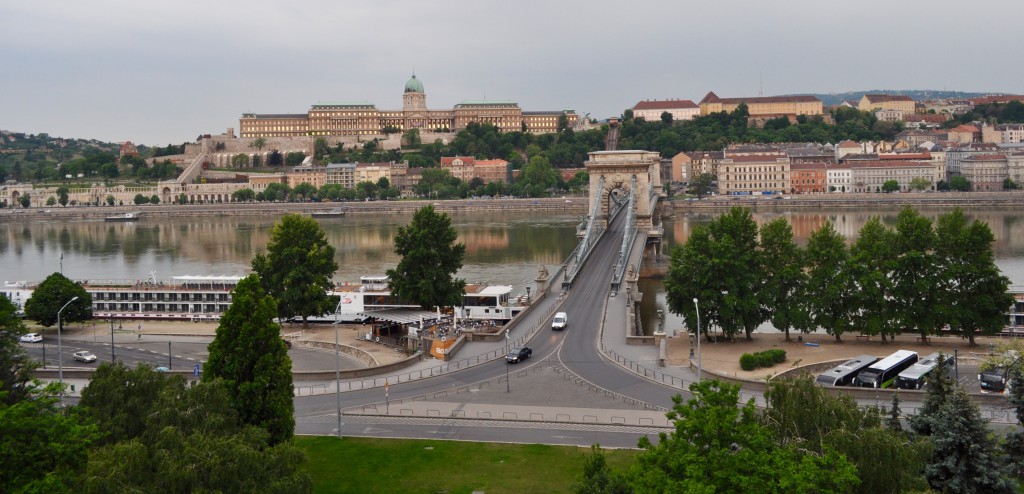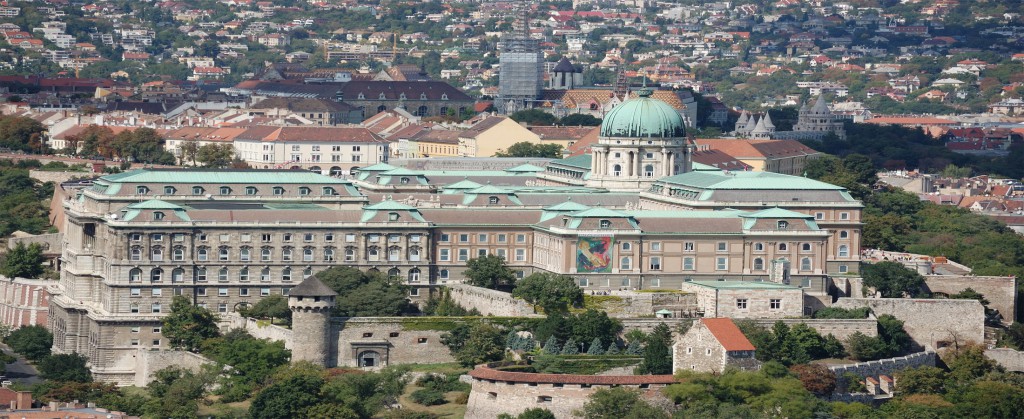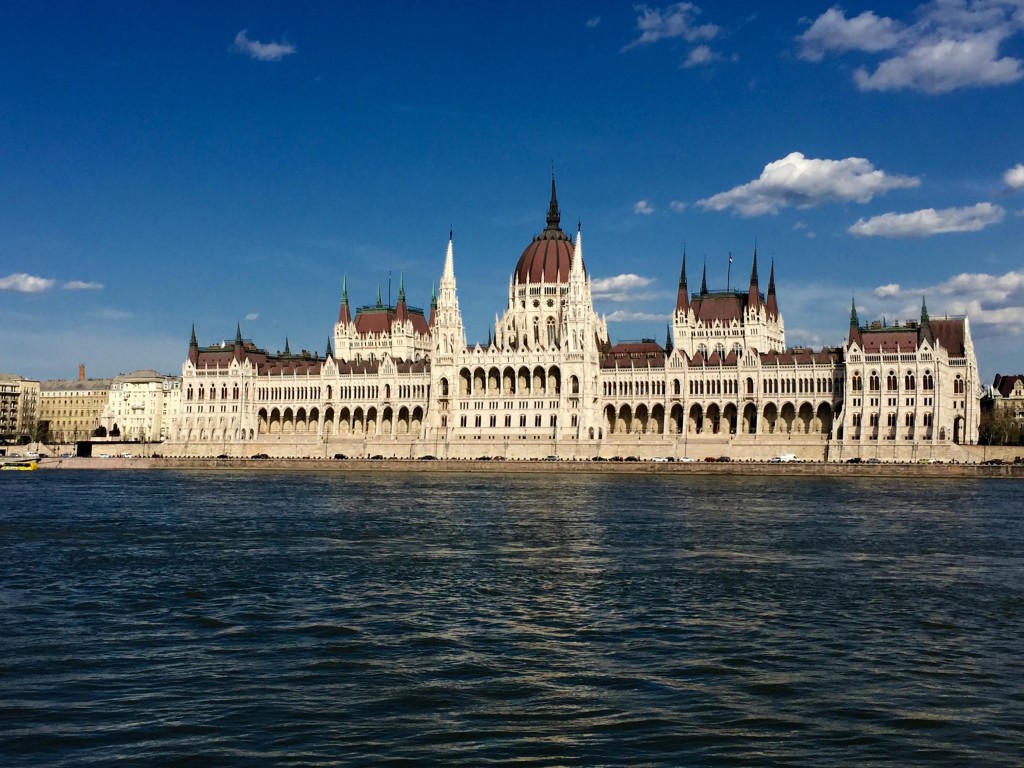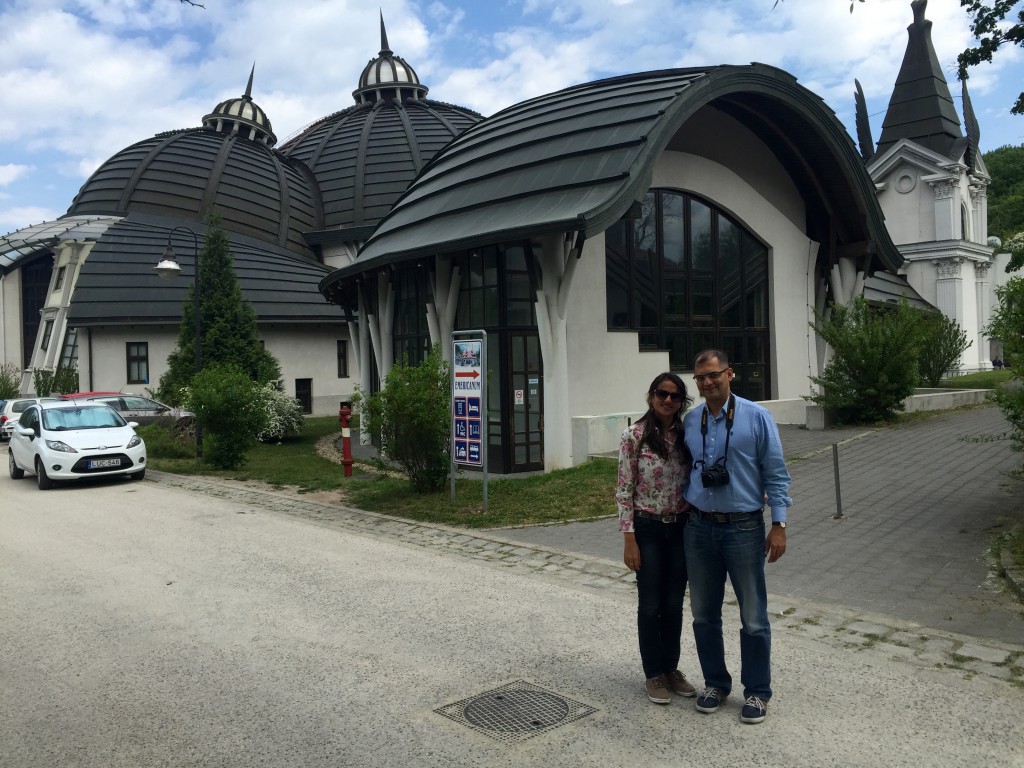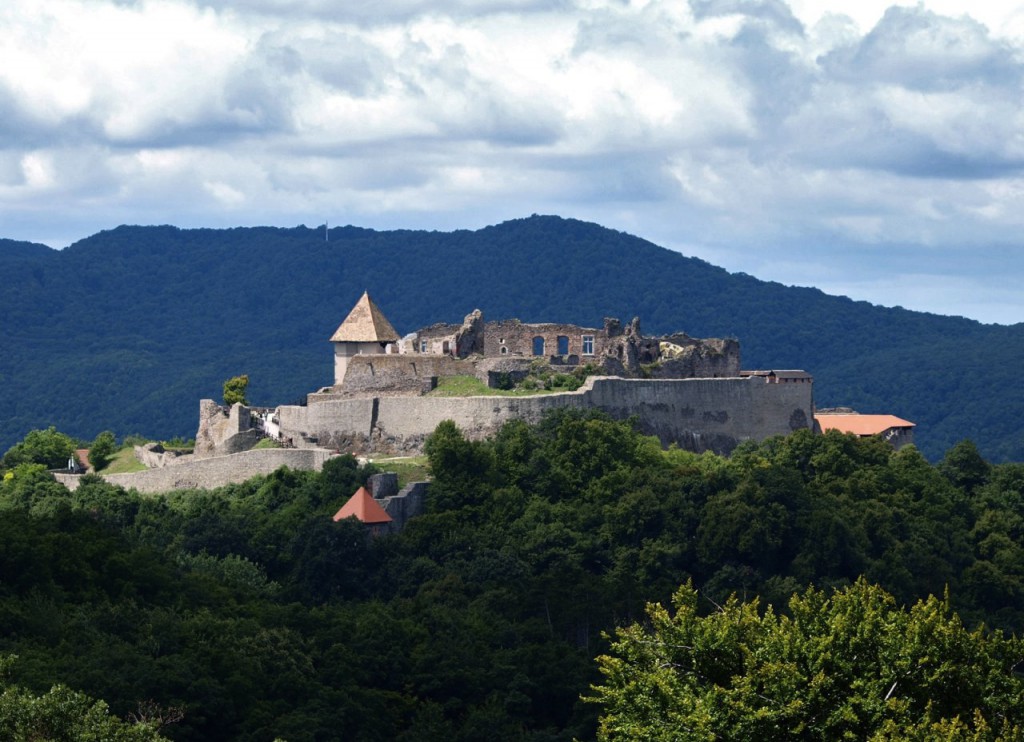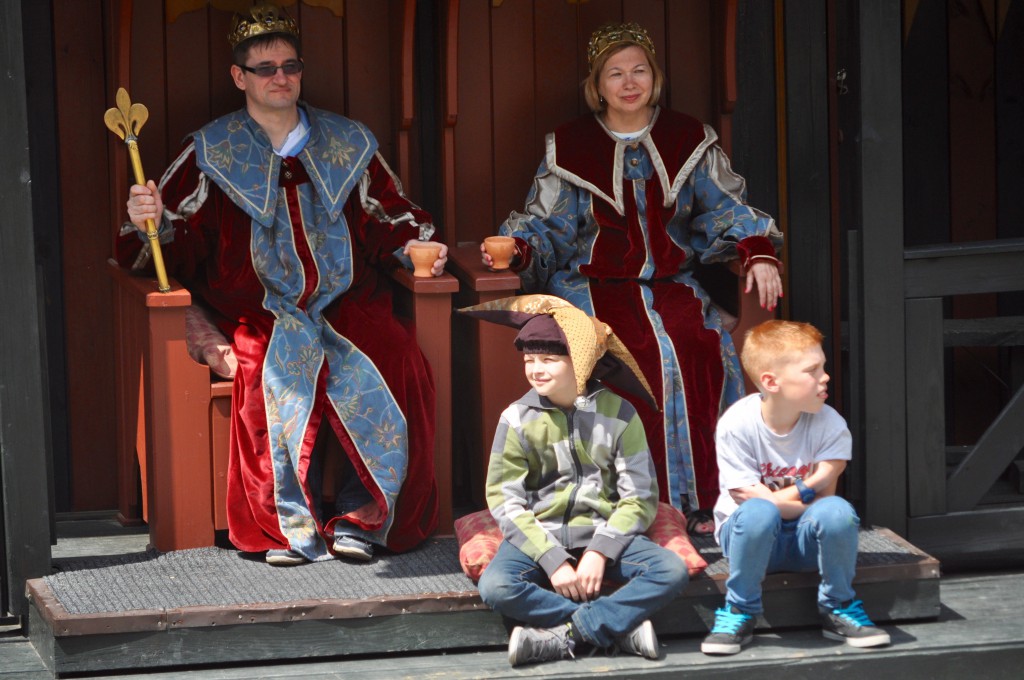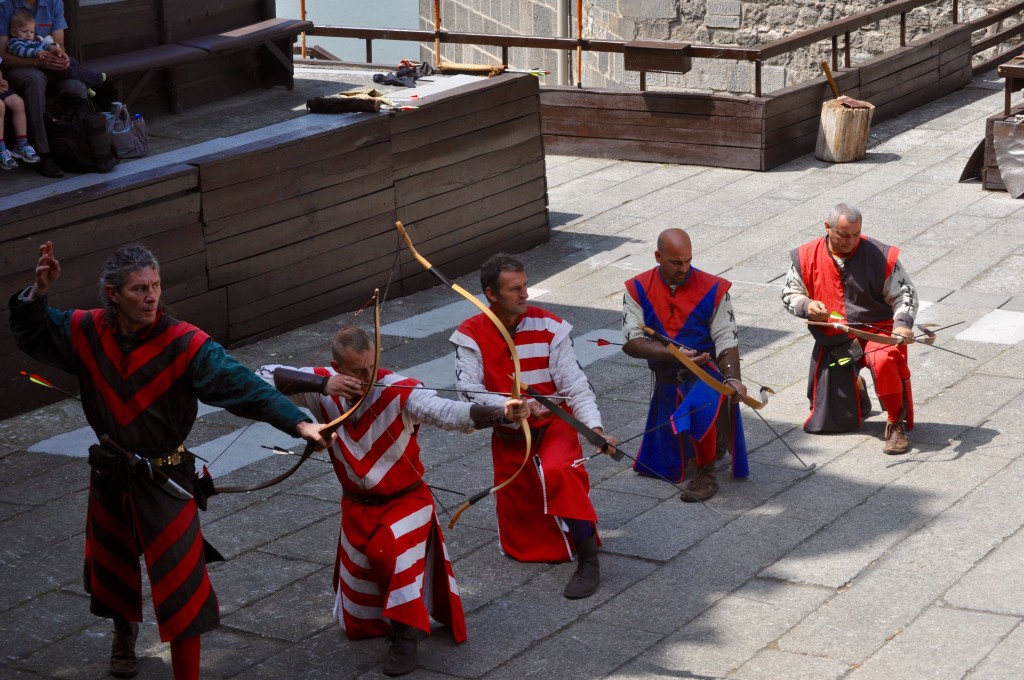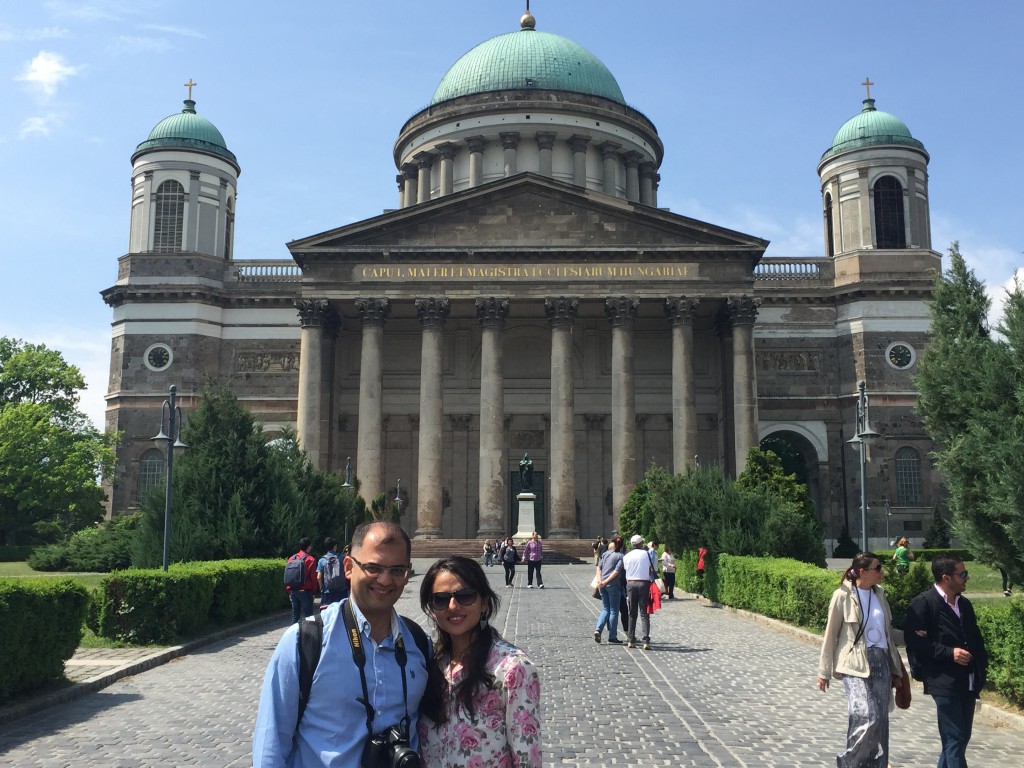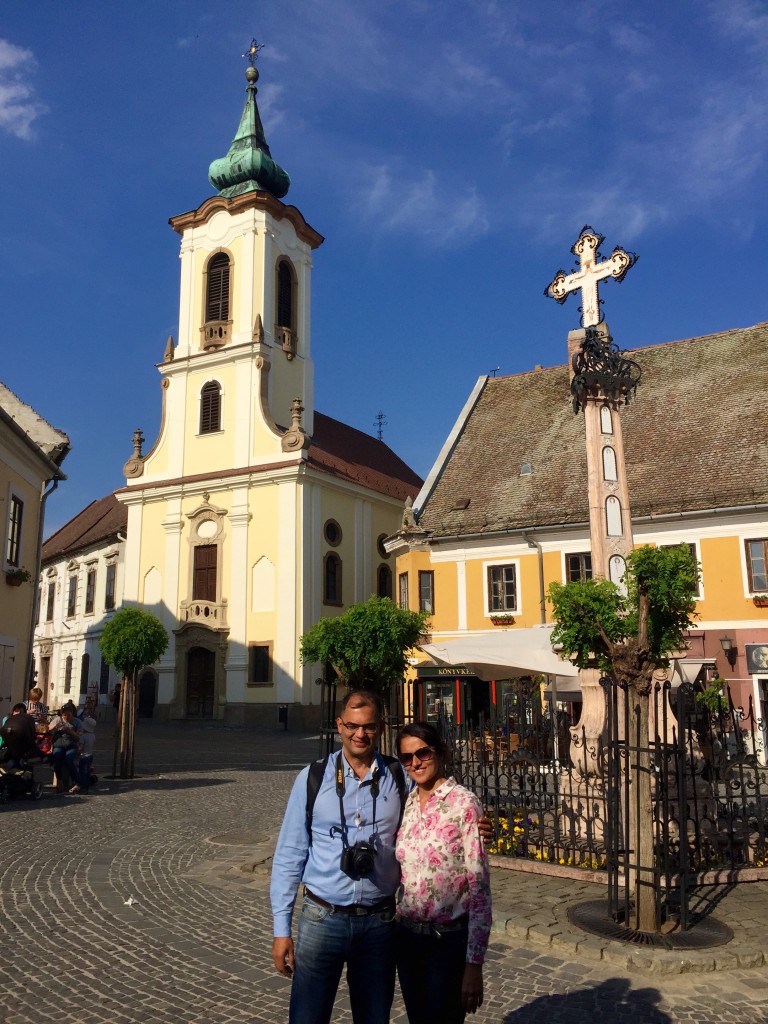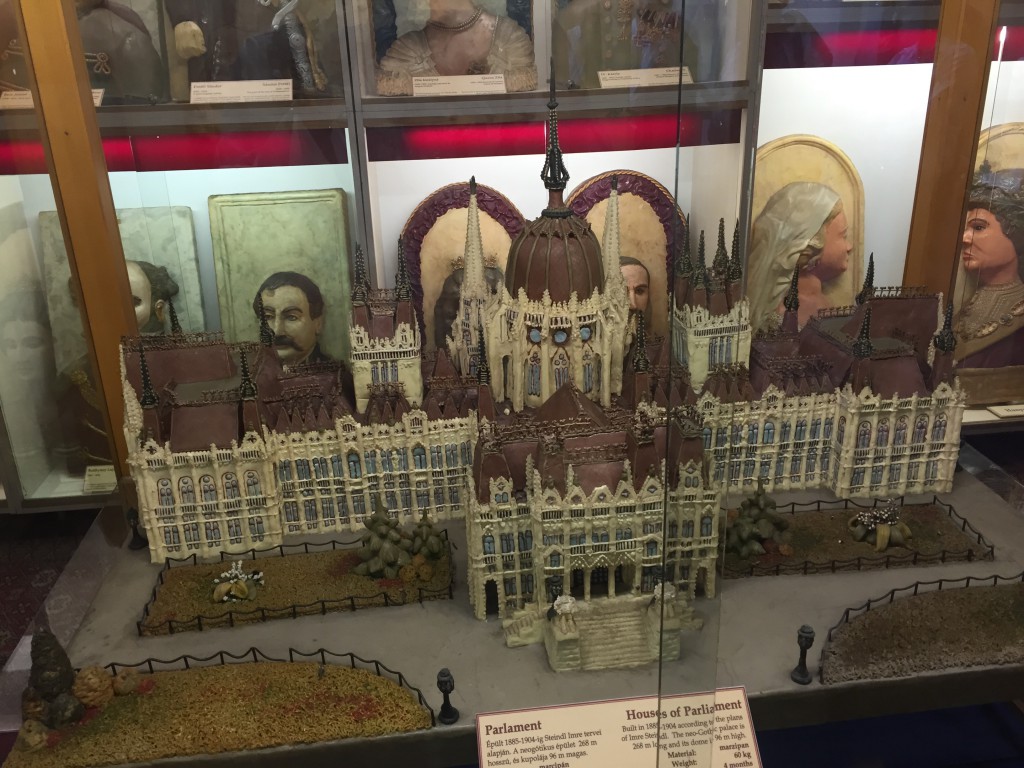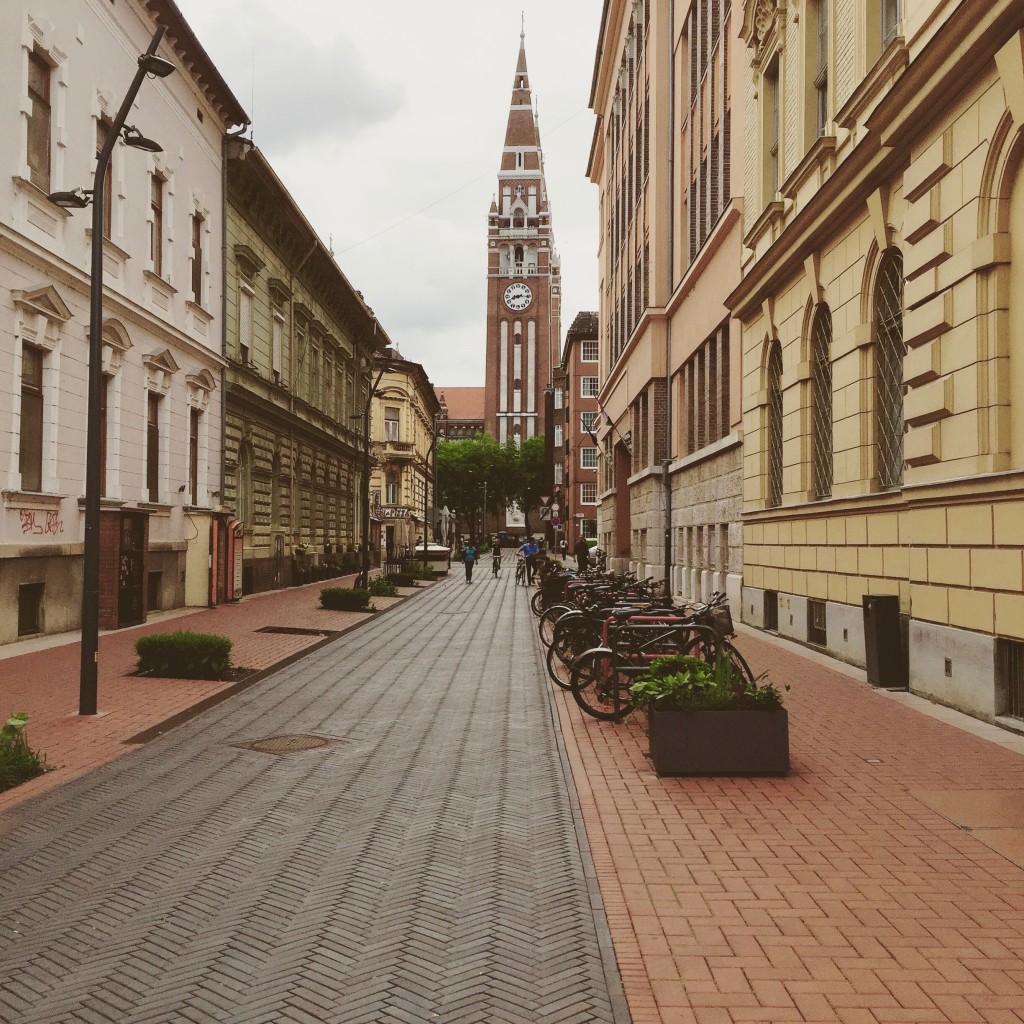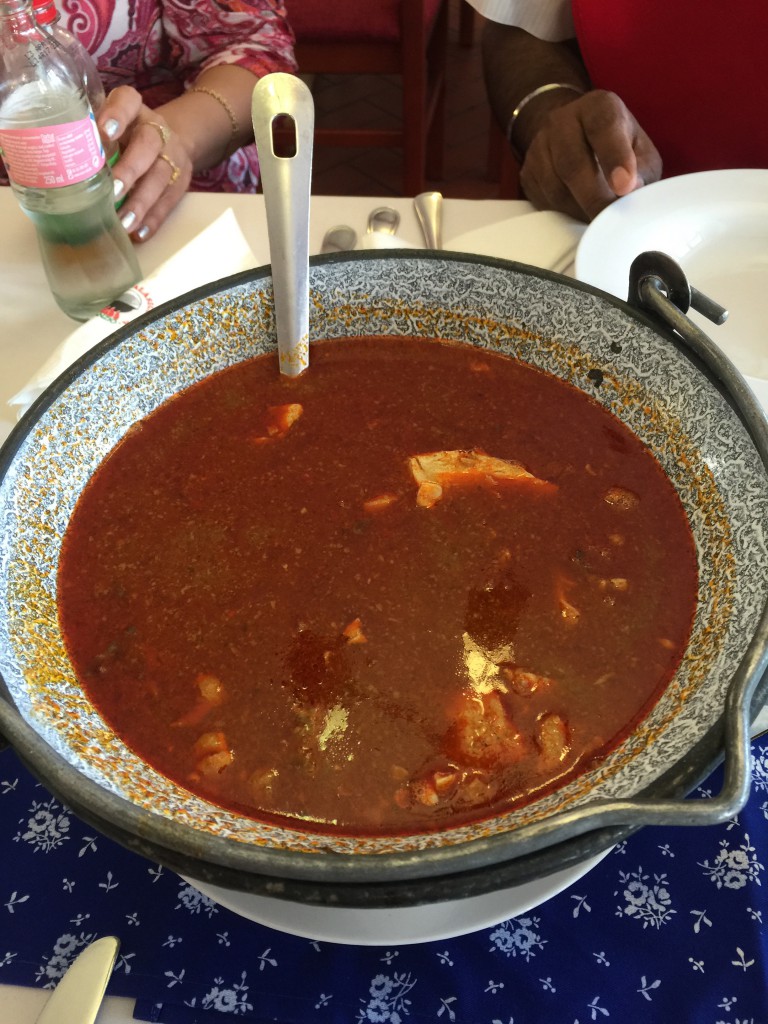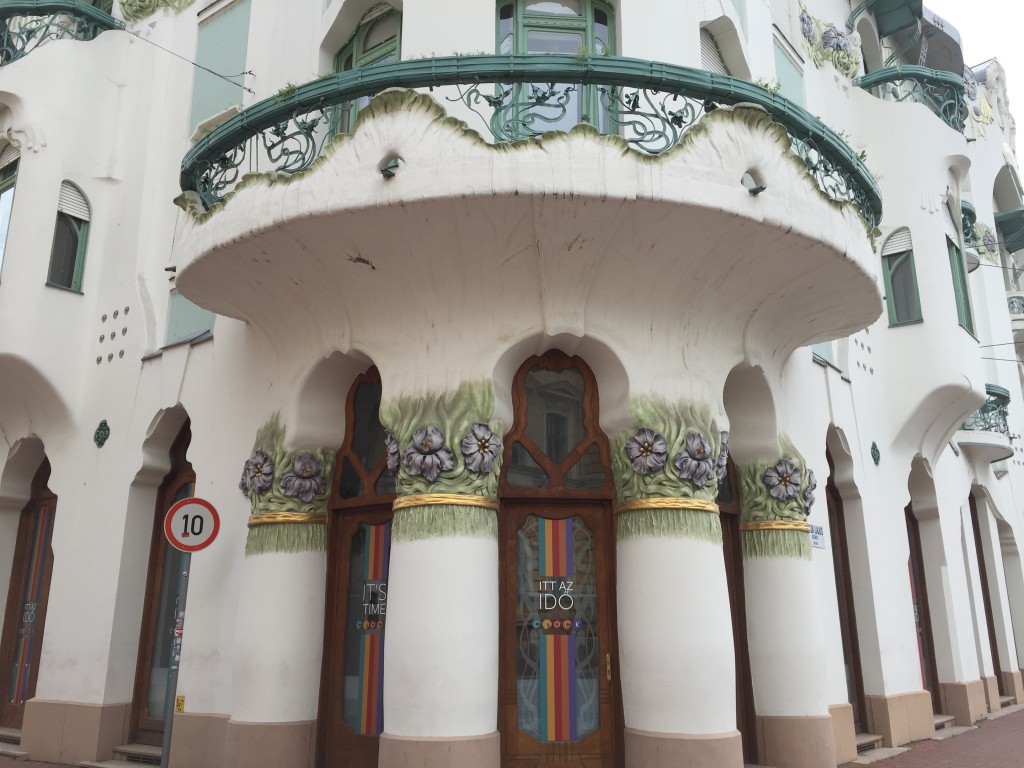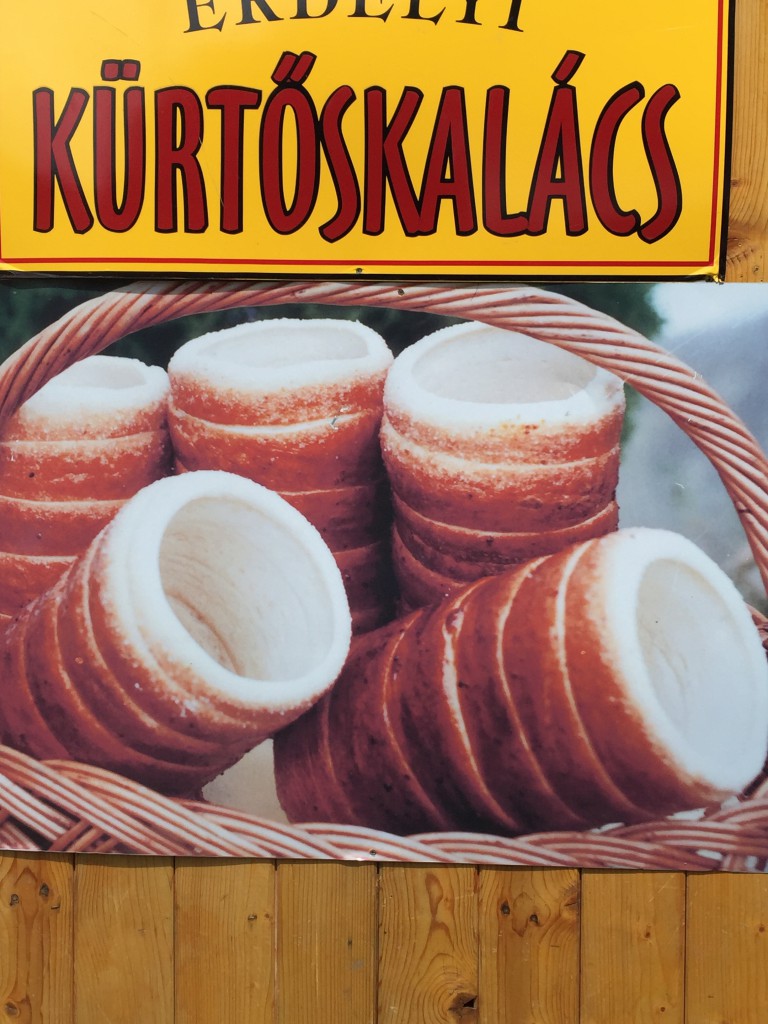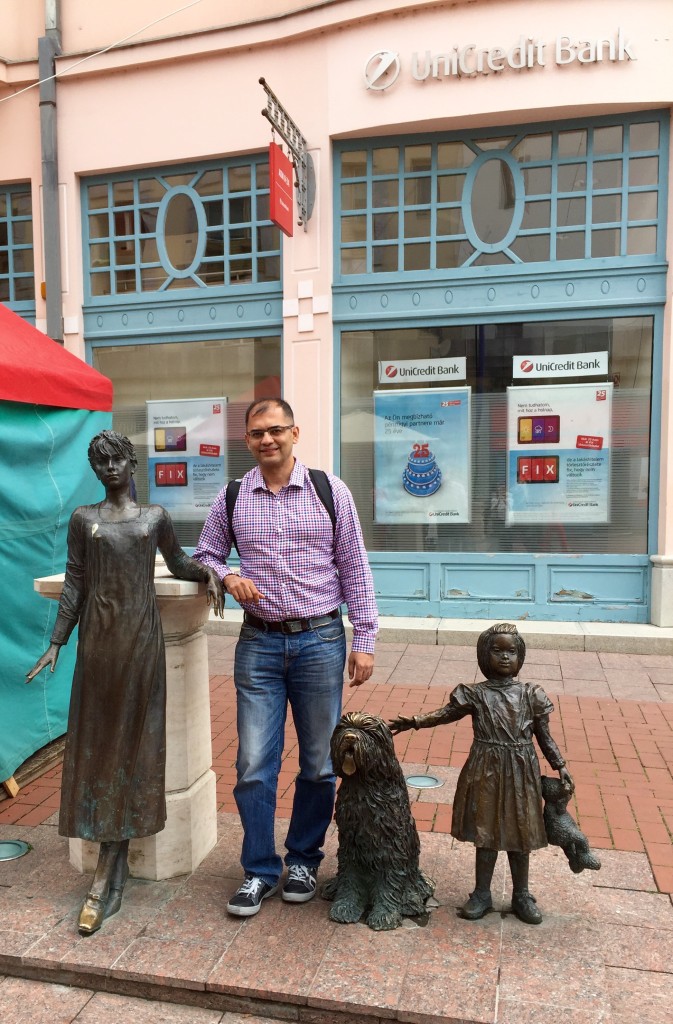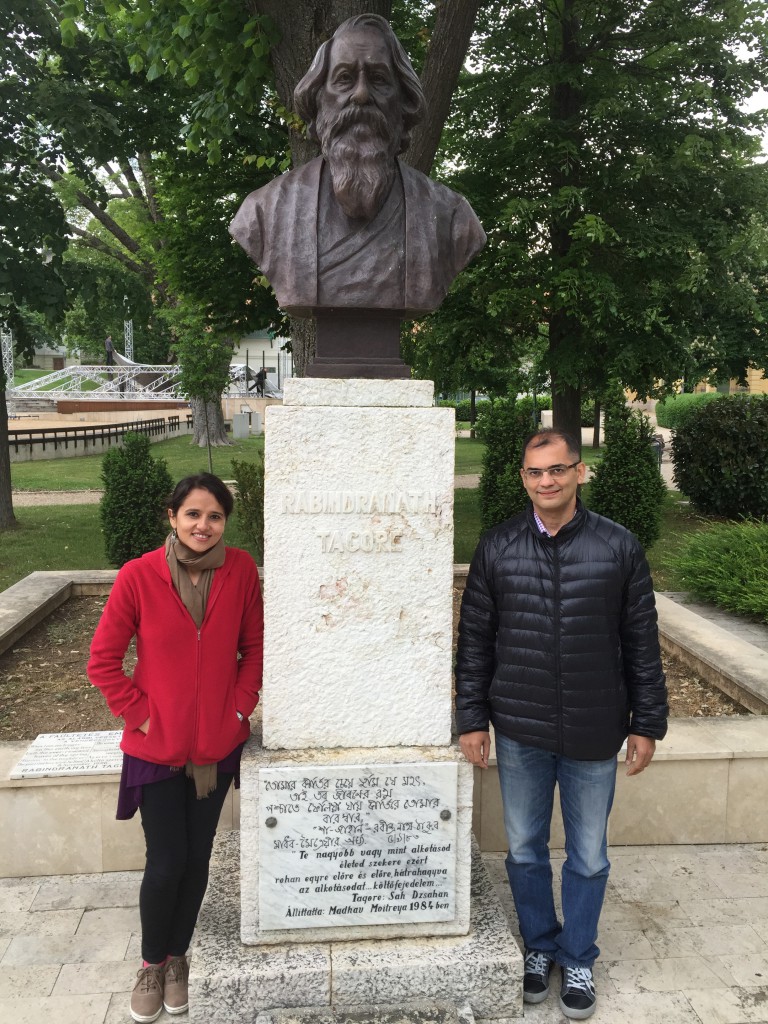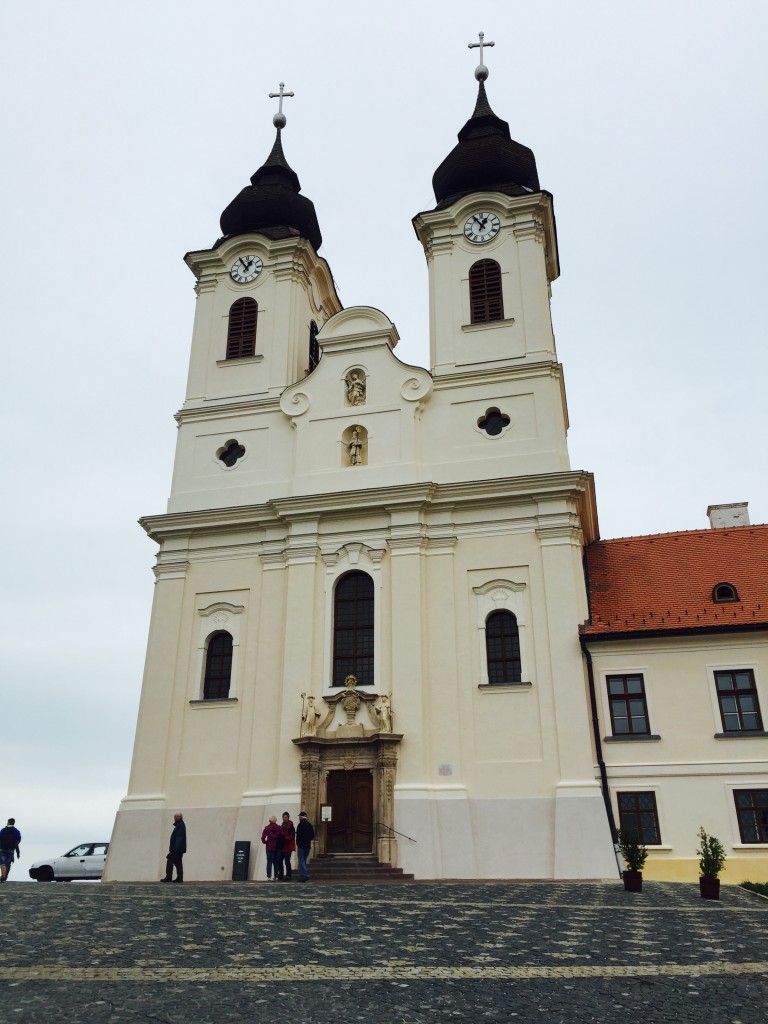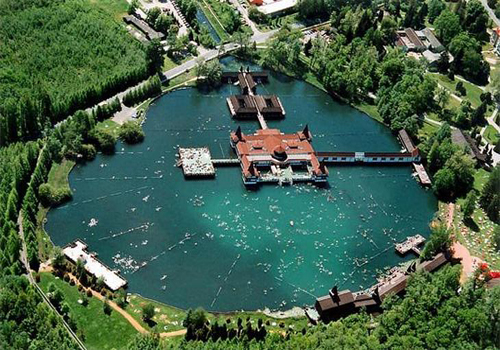
Hungary Beyond Budapest – The Past and the Present
Hungary is well located in the heart of Central Europe and shares it borders with 7 countries connecting it with other Central European destinations such as Austria and Slovakia, the Eastern European countries of Ukraine and Romania and further South are Croatia, Slovenia and Serbia.
My first impressions of the capital city located on the legendary Danube was in November 2012 whilst doing one of the spectacular river cruises starting in Nuremberg, Germany and ending in Budapest – also known as the Paris of the East.
Budapest’s recorded history begins with the Roman Town of Aquincum, founded around 89 AD on the site of an earlier Celtic settlement near what was to become Obuda and from 106 AD until the end of the 4th Century was the capital of Lower Pannonia. This area was occupied in the year 896 by the Magyars of Central Asia, the cultural and linguistic ancestors of today’s ethnic Hungarians, who a century later founded the Kingdom of Hungary.
In 1361, Budapest became the Capital of Hungary. The Ottoman Empire’s conquest of most of Hungary was in the 16th Century when Buda and Pest fell to the invaders in 1541. Whilst Buda remained the seat of a Turkish Pasha, Pest was recaptured in 1686 by the Habsburg Rulers from Austria.
Pest grew as a bustling commercial town during the 18th and 19th Century and by 1800, its population was larger than that of Buda and Obuda combined. Over the years, the population of Greater Budapest grew to over a million of which over 250000 Jewish inhabitants died in the genocide committed during 1944 and early 1945. Despite this, Budapest today has the highest number of Jewish citizens per capita of any European city.
Three years later, I once again visited the most creative city of Europe, also known as the Pearl of the Danube to explore some of the interesting places that can be visited from Budapest as day trips. Budapest stands out as one of the most beautiful cities of Europe with the Danube cutting through Buda – the old part which is the hilly side of the city and Pest which is the downtown area, where you will find one of the largest Parliament Buildings in the world as well as the Royal Palace and also houses one of the most iconic hotels – the Four Seasons Gresham Palace.
This time we were keen to explore Central Hungary and the Danube Bend starting with Visegrad – which in Slavic means the “castle built on a mountain”. The drive from Budapest to Visegrad is less than one hour away and en route we stopped briefly at Pazmany Peter Catholic University which is just about 10 minutes drive out of the city of Budapest, and it stands out for its amazing architecture.
The castle on top of the Visegrad Mountain was built between 1250 and 1258 and the ruins of the Royal Palace were discovered in 1934. We were well in time to see the Knights’ tournament which is held at Visegrad – a medieval programme organised all year long in the open air theatre of the Lower Castle.
After a brief introduction of the history of the castle including a visit to the Solomon’s Tower and exhibition room, the performance for about 45 minutes takes place next to the the tower. A King and Queen are selected from the guests and they are dressed in robes and crowned by the knights.
The knights march in and show their targeting and fighting skills with medieval weapons, adding a dash of humour which makes it entertaining for all age groups. The guests too can try their hand at some of the weapons and we concluded this with a royal feast in the Renaissance restaurant at the base of the castle.
After Visegrad, we drove westwards along the Danube bend for about 25 minutes into Esztergom which in 972 was the settlement of the official seat of Geza, the uncrowned monarch. The highlight is a visit to the Basilica which is the largest church in Hungary which is 118 metres long and 40 metres wide. The dome roof itself is 100 metres high with inner diameter of 53.5 metres. The Basilica is built on Varhegy – the Castle Hill from where one can get a view of the village of Parkany in Slovakia across the Danube which incidentally is inhabited by a Hungarian ethnic minority.
The last city on the Danube Bend before we headed back to Budapest was the picturesque city of Szentendre, a centre for arts and museum as well as for religion and culture for the Serbs in Hungary. Szentendre is just 25 minutes from Budapest and is known for its wooden churches with the Roman Catholic parish church being the oldest historic monument as some parts date back to the 13th Century. The Church square is the highest point in the city.
The stand out experience of our trip to Szentendre was a visit to the Marzipan Museum. The museum has a colourful exhibit made entirely of Marzipan including the Parliament in Budapest, the Hungarian Royal Crown, a large collection of cartoon characters as well as live sized Michael Jackson made of Marzipan.
The next day it was time to explore the Southern Great Plain and the city that houses the oldest historical monument of the Plain – the Tower of St. Demetrius, in Szeged. It takes less than 2 hours 30 minutes to reach Szeged and can easily be done as a day trip. Although, I must admit that Szeged is a city that has much to offer as it is the border town between Hungary and Serbia as well as between Hungary and Romania. Do remember to carry your passport with your valid Schengen visa which will give you access to both Romania and Serbia and you can cover 3 countries in one day.
Szeged has some amazing architecture and the largest church called the Votive Church or the Szeged Cathedral was built to commemorate the Great Flood of 1879. Szeged has amazing value shopping, much cheaper than Budapest. As it is located on the bank of the Tisza river, those who enjoy sea food should not leave Szeged without trying the famous “Szeged” fish soup at the Fehertoi Fish Restaurant.
Szeged also hosts the best known gastronomic festival known as the Szeged International Tisza Fish Festival which is held on the first weekend of September each year. The festival also is in the Guinness Book of records for preparing a stew of 3500 litres with a team of 7000 persons serving the fish soup.
Szeged is also a city of churches and varied architecture, besides a well-known University town.
You will find the Serbian Orthodox Church which was built in 1778 in Baroque style. The Szeged Synagogue is the second largest in Hungary after the Dohany Street Synagogue in Budapest and the 4th largest in the world. Dom Square is the most beautiful square in Szeged. It is dominated by the Votive Church of Our Lady but there are other equally attractive elements surrounding it. On the western side you can see the Theological College of Szeged, in the south-western corner, there is the Bishop’s Palace and in the southern and eastern sides Szeged University facilities and research centres are situated.
In the southern part of the building surrounding the square there is a musical clock. It was made in 1936 and you can see the 12 zodiac signs on it.
When in Hungary, you will find places to have the famous chimney cake or Kurtoskalacs – a sweet, spiral-shaped pastry that originated in Transylvania.
A day trip offered me a glimpse of this wonderful city and I am sure to return again to Szeged to explore more of this lovely city.
Any trip to Hungary is incomplete without visiting Lake Balaton – the Hungarian Sea as the locals call it. Lake Balaton is a freshwater lake, the largest in Central Europe that extends 77 km in length and 14 km wide. The northern mountainous region of the lake is well known for its wines and the flat southern shore for its resort towns.
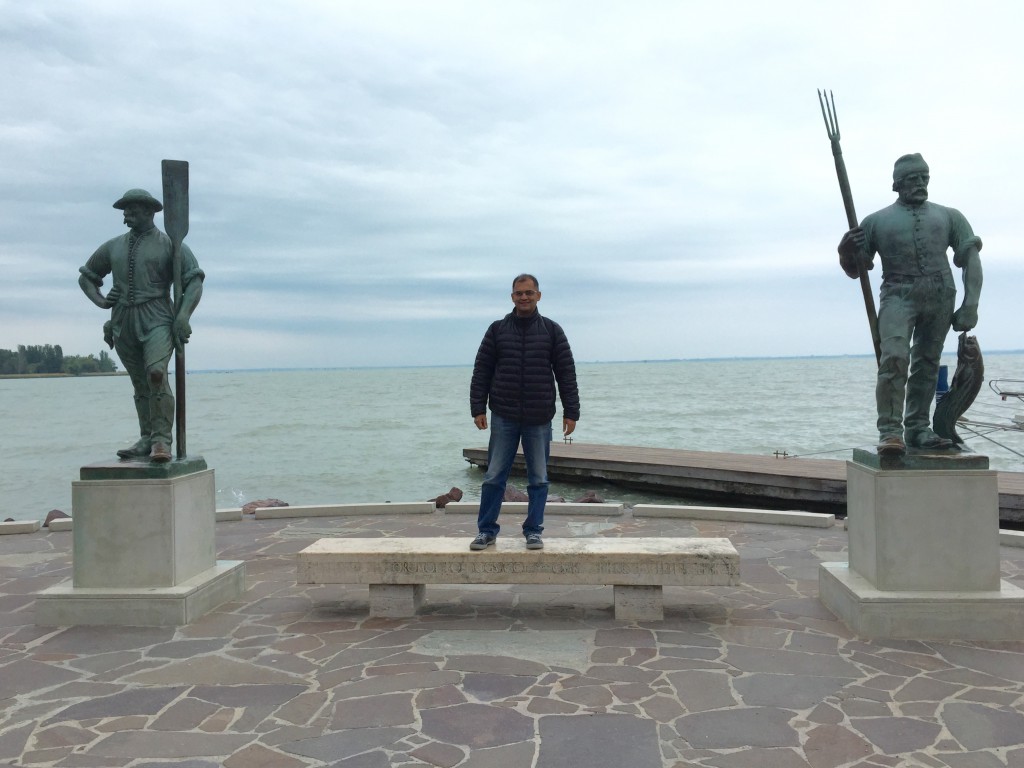
We had the opportunity to visit Balatonfüred – which has an Indian connection as you will find the Tagore walkway named after Rabindranath Tagore who loved this region. Tagore visited here in 1926 not as a tourist but a patient of the Balatonfured’s State Heart Hospital. This charming all-season town is home to a wide range of adventure activities such as yachting and in winters one can do ice skating. It is also one of the top wine producing regions of Hungary.
Our next stop was at Tihany. Tihany comes from a Greek name which stands for “lucky man”. The town is very picturesque and offers great vistas overlooking Lake Balaton. The stand out monument is the Tihany Abbey – the Founding Document of the Abbey dates back to 1055 and is the oldest written document containing words of the Hungarian language.
En route to Heviz, we briefly stopped at Keszthely – which has the largest settlement in the vicinity of Lake Balaton and was once a Roman Fortress. Here you will find a rich site for archaeological excavations and the Festetics Palace, a Baroque palace.
We ended our day having visited the Lake Balaton region at Heviz – the largest biological active, natural, peat-mud, thermal lake of volcanic origin in the world. The lake with curative effects is fed by springs with mineral water contents that makes this place the most well-known spa not only in Hungary but across Europe and spans over an area of over 47500 square metres. The average temperatures of water in summer is around 33°C and in winter it is around 28°C and the curative effect of Lake Heviz attracts visitors from across the world.
In 5 days, I got a glimpse of what this wonderful country has to offer and I will be returning some time soon to explore the Northern Hungary, Western and Mid Transdanubia regions as well as Southern Transdanubia region besides visiting one of my favourite cities in the world – Budapest.
SubhashMotwani, Founder Director of Namaste Tourism visited Hungary in May 2015 and he shares his first hand experience of exploring various cities and regions of Hungary as day trips from Budapest.

